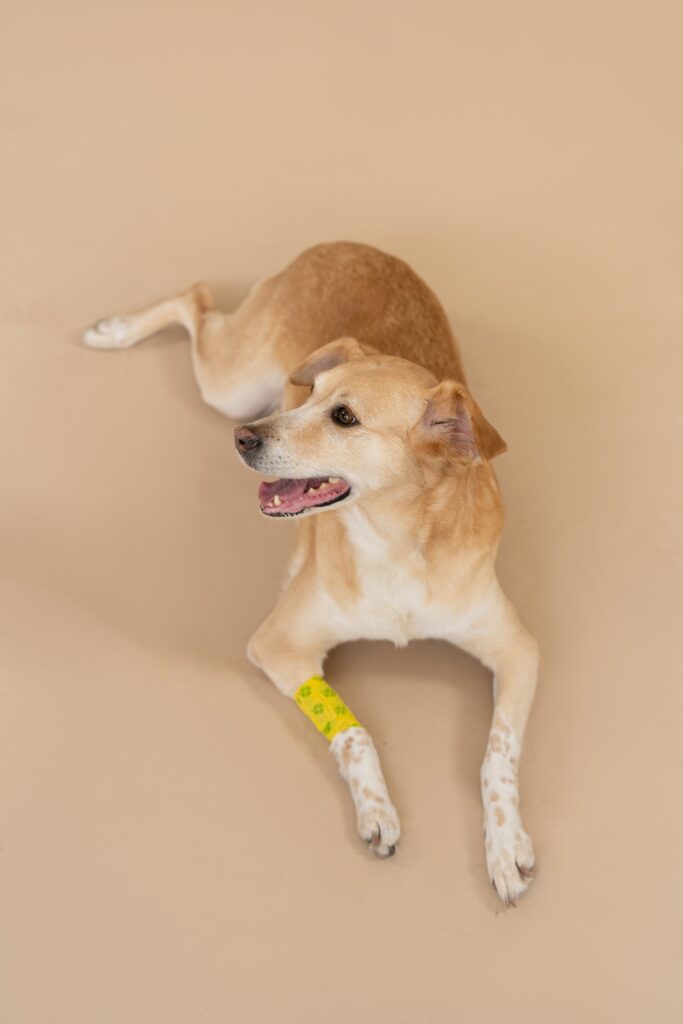Many consider our pets to be members of our family, and in the case of an emergency, it’s always best to be prepared. With help from your local veterinary office, you can be! At Complete Pet Care we offer resources to help you take care of your pet if something were to happen. Your quick thinking can save them or keep them more comfortable and safe on the way to the vet. Here are a few common injuries and situations you might find your pet to be in.
Fractures
Broken bones in pets are similar to ones in humans; while they are not always life-threatening, they do require medical attention sooner rather than later. If you are unsure if your pet has a broken bone, look for the following signs:
- Your pet is visibly in pain
- Limping or unnatural movement of that part of the body
- Swelling and bruising around the site
- Bend in the extremity where there shouldn’t be
- Tenderness of the site
The first thing to do is get your pet out of the situation in which they were injured. Then, some would prefer to muzzle the animal in order to prevent any biting in reaction to the stress. Finally, wrap them in a towel or blanket and take them to your nearest emergency or non-emergency veterinarian for medical attention. It would be best to have someone else drive while you stay close to your pet to ensure it is as comfortable as possible. Avoid moving or touching the injury if at all possible to prevent further damage or pain.
External Bleeding
Similar to a fracture, animals have identical treatments as humans for external bleeding. They can experience bumps and bruises which could break the skin and start to bleed. Some of these abrasions or cuts clot on their own, but others may be too deep or bleed too heavily to do so. The first thing you should do when treating an external bleed is to wash your hands. This will help in preventing infections. Apply pressure with gauze or cotton balls and medical tape; these can be used to stop the bleeding and protect the wound. If the bleeding continues, call your veterinarian for follow-up steps or take them to the emergency vet.
Burns
Burns occur more often on pets than some people would think. Whether it’s the curiosity about a candle or walking on hot asphalt, your pet could experience burns in their lifetime. If they do, there are a few factors to keep in mind. First, there are three different kinds of burns: first, second, and third-degree. First-degree burns result in redness in the skin, a slight burning sensation, and inflammation. Second-degree burns involve similar symptoms at first but include blistering the skin, increased redness and inflammation, and tenderness to the touch. Third-degree burns result in blackened, severely damaged skin that can cover multiple layers of skin. While the first two do not always require medical attention, you should take your pet to their veterinarian immediately if they contract third-degree burns.
Heat Stroke
With summer just around the corner, it is imperative to know the signs of heatstroke in pets so you can act quickly and efficiently, which could save your pet’s life.
- Excessive panting
- Increased heart rate
- Confusion or disorientation
- Vomiting or diarrhea
- High body temperature (over 104 degrees Fahrenheit)
- Collapse or seizure
To avoid heatstroke in your pet, avoid leaving them in confined, hot spaces with no airflow, including vehicles. If you start to notice excessive panting or increased heart rate in your pet, you can use cool, but not freezing cold, water to cool them off. It is also imperative to get them as far away from the source of heat as possible as soon as possible. You can also use a fan to cool them off in a cool, ventilated area. If your pet has a high body temperature, collapsed, or had a seizure, take them to the emergency vet immediately.
Complete Pet Care | Veterinary Office Raleigh NC
Being a pet parent brings a lot of joy and happiness into our lives. However, it is a big responsibility to take in an animal. With the help of your local veterinary office, we can assist you with anything and everything you need to keep your pets happy and healthy. For more information about our services, please visit our website.
